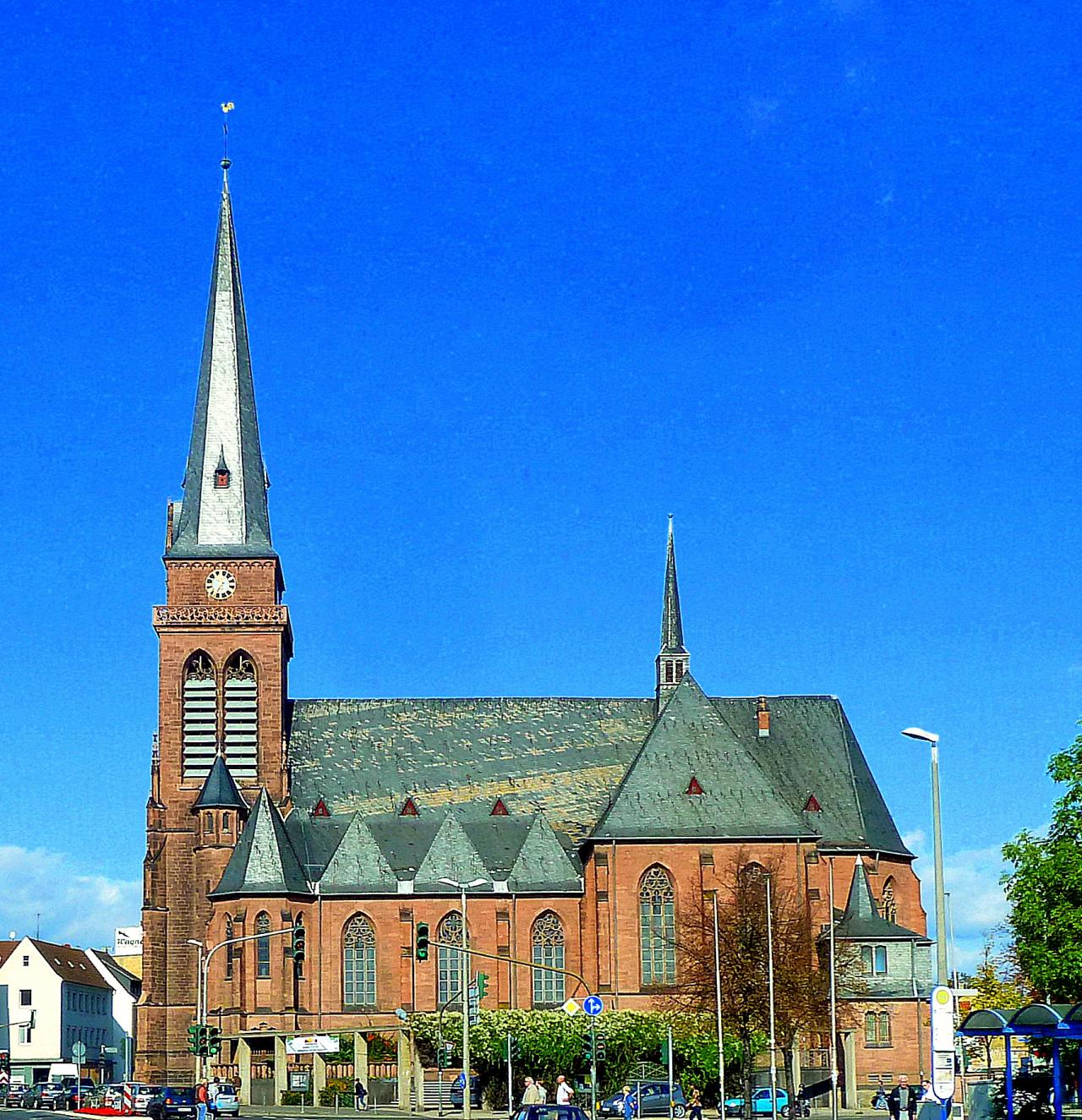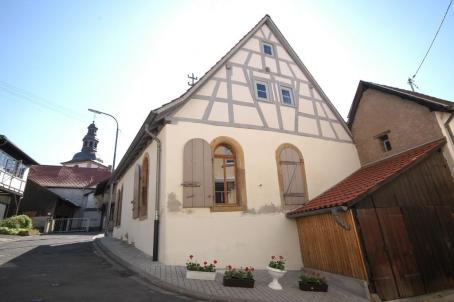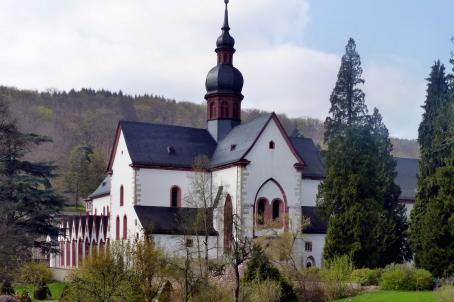Heilig Kreuz Kirche
Holy Cross was built in the neo-Gothic style of the Holy Cross in 1895 - 1897 according to plans of the Mainz cathedral builder Ludwig Becker (1855 - 1940). Until 1921, the interior was completed - also according to the architect's designs. Father Caspar Kranz, among other things, supplemented the equipment with further sculptures from 1921 to 1935. After serious war damage, the reconstruction followed in 1947 - 1949. In 1963, the sacristy was rebuilt and a medical chapel was established. In 1968, the external renovation and the entrances were relocated. 1969 - 1972, the redesign of the church space followed and in 2006 finally the interior renovation.
About this building
For more information visit https://www.kath-kirche-kreuznach.de/kirchen/pfarrkirche-heilig-kreuz-b…






